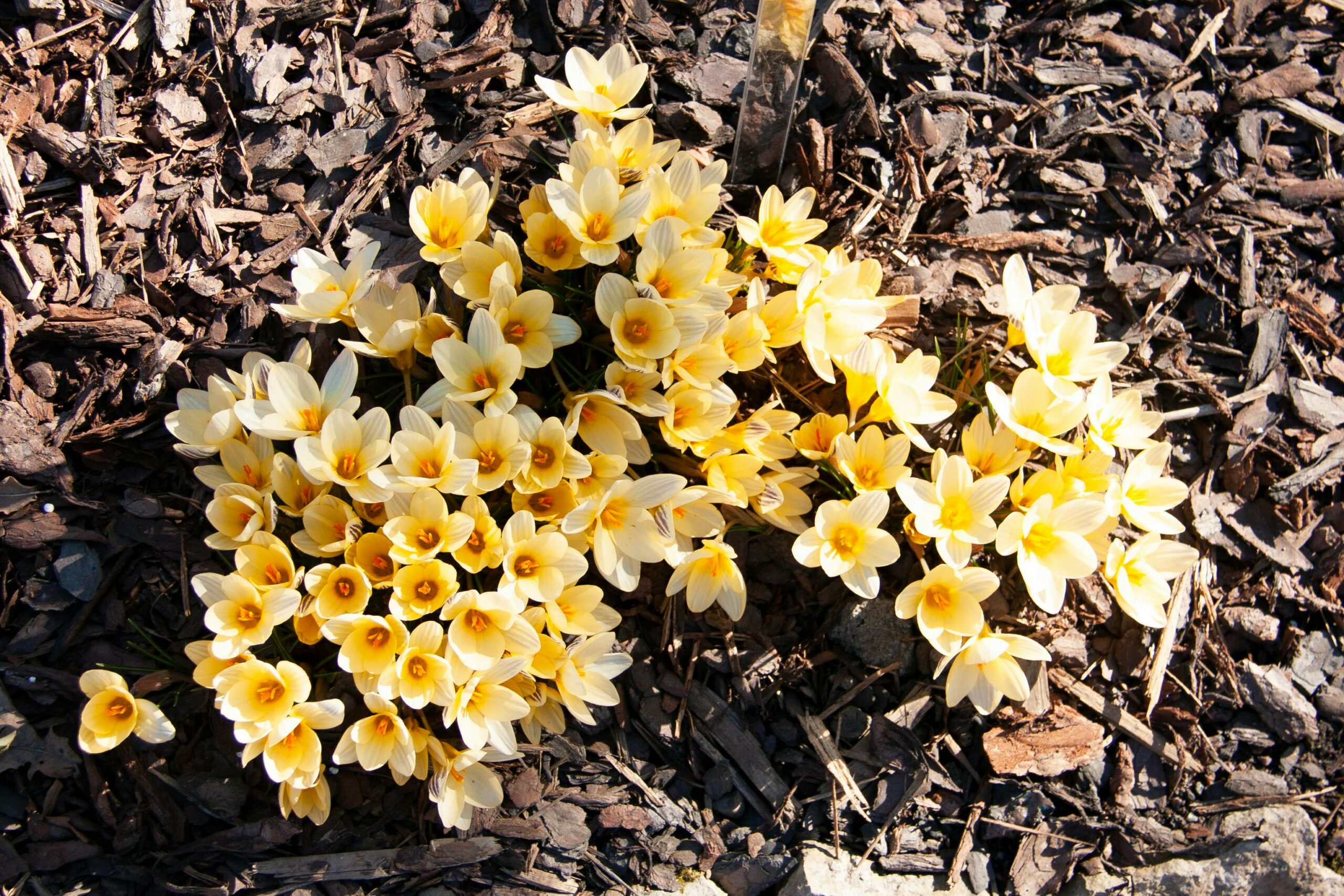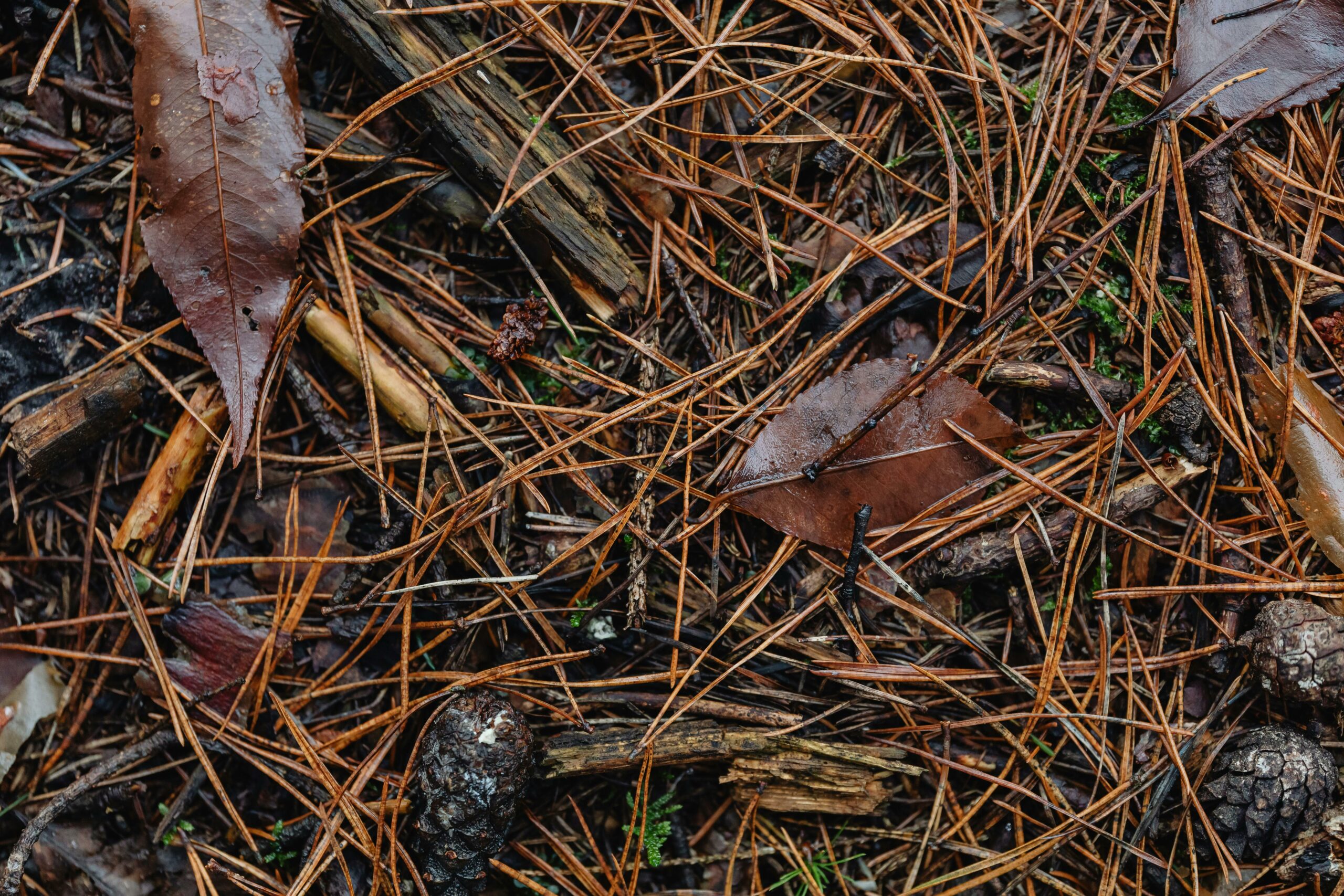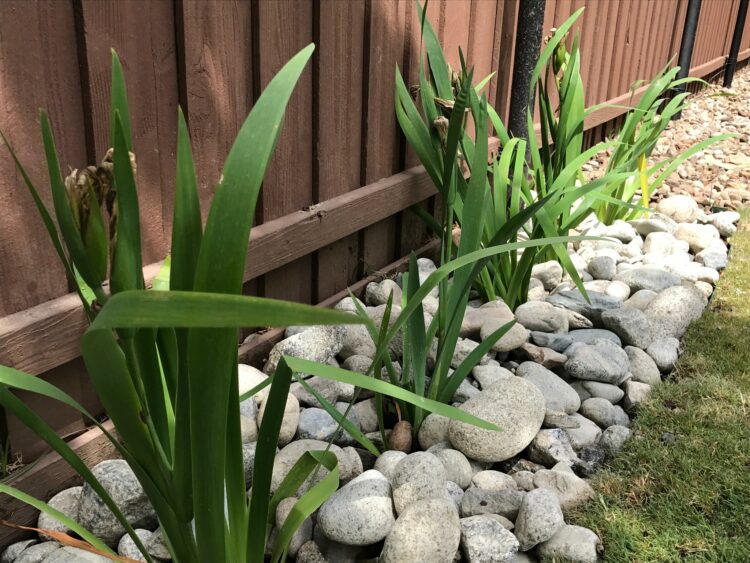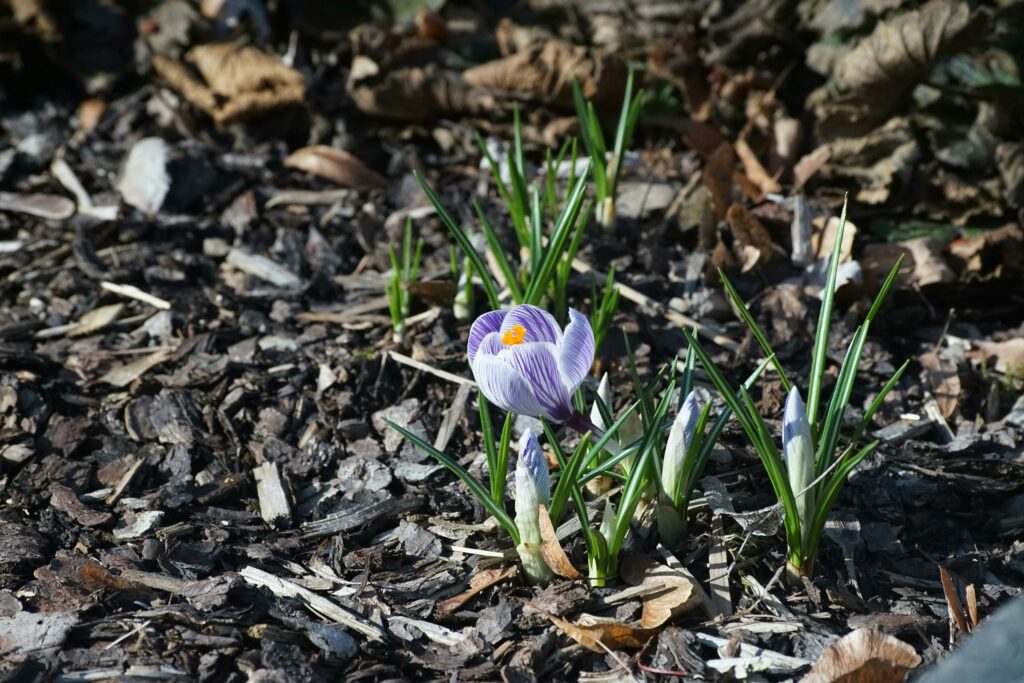Mulch is one of the simplest, most effective ways to protect your plants, improve soil health, and keep your lawn or garden looking polished year-round. But homeowners often ask the same question: “How often should I mulch?” The good news is that the answer is flexible—and it depends on your landscape, climate, and the type of mulch you use.
Let’s break it down in a way that’s easy to remember and even easier to apply.
🌱 How Often Should You Mulch Your Yard?
For the healthiest, best-looking landscape, it’s ideal to mulch twice a year—once in the spring and again in the fall. Refreshing your mulch in these seasons helps your soil warm up in early spring, protects plant roots from summer heat, and adds an insulating layer before winter cold sets in.
Mulching twice a year is especially beneficial if:
- You use organic mulch that breaks down quickly
- Your landscape beds get a lot of foot traffic
- Heavy rain or wind tends to wash mulch away
- Your plants need extra protection from temperature extremes
Aim to maintain a mulch depth of 2–3 inches year-round. If your beds look thin, faded, or patchy, a seasonal refresh will help restore both beauty and plant health.

🍂 Mulching in Fall: Why It Matters
Fall mulching helps your yard transition into cooler temperatures. It:
- Insulates roots through winter freezes
- Prevents soil erosion
- Keeps moisture in the ground
- Reduces weed growth during dormant months
And if you’re wondering whether outdoor home projects can still be done as temperatures drop, the answer is yes—mulching is one of the easiest cold-weather-friendly tasks.
In fact, we note in our winter landscaping guide,
“The winter months are often slow for landscaping projects. When your gardens and lawns are frozen or just plain too cold, everything tends to dry up. This does not imply that you should close up shop as soon as the first winter weather announces itself.”
This is a good reminder that your lawn still benefits from care even when the temperature drops. For more ideas on winter-friendly yard projects, check out What Can Landscapers Do in Winter?
🌾 Signs It’s Time to Re-Mulch
You don’t have to rely solely on the calendar—your landscape will tell you when it needs more mulch. Look for:
- Bare soil showing through
- Faded or washed-out color
- Mulch that’s decomposing into fine soil
- Increased weeds
- Plants drying out faster than usual
If you notice these signs, topping off your mulch layer can quickly restore protection and appearance.
🌿 How Long Does Mulch Last?
Mulch doesn’t disappear overnight—its life span depends on the type:
Organic Mulch (most common)
- Bark
- Wood chips
- Shredded hardwood
- Pine needles
- Compost
Organic mulch typically lasts 6–12 months, breaking down naturally to enrich the soil.

Inorganic Mulch
- Rubber
- Rock
- Gravel
These can last for years without needing replacement, but they don’t nourish the soil the way organic mulch does.

💡 Tips for Effective Mulching
To get the most out of your mulch:
- Keep mulch 2–3 inches deep
- Don’t pile it against tree trunks (avoid “mulch volcanoes”)
- Refresh the top layer for color without adding too much depth
- Rake and fluff compacted mulch to improve airflow
- Choose mulch that matches your soil and plant needs
Just a little maintenance goes a long way in keeping your landscape healthy and beautiful.
How Often Should You Mulch Chart

🌼 Final Thoughts
Mulching isn’t just about curb appeal—it’s one of the best ways to protect your plants, regulate soil temperature, and support long-term lawn health. Whether you mulch once a year or twice, staying consistent will help your landscape thrive through every season.
Give your plants the protection they deserve. Contact Ryno Lawn Care LLC and book your mulch installation service now!
FAQ about Mulching
What is the 3-3-3 rule for mulch?
The 3-3-3 rule means applying mulch in a 3-foot-wide circle around the base of a tree, using 3 inches of mulch depth, and keeping mulch 3 inches away from the trunk. This prevents rot, pests, and moisture buildup against the bark.
Are you supposed to remove old mulch every year?
You don’t need to remove all old mulch yearly—just break it up and refresh it unless it has become compacted, moldy, or built up too thick. If your mulch layer exceeds 3 inches, remove some before adding new material.
What are 5 disadvantages of mulching?
Mulching can attract pests, retain too much moisture if overapplied, create fungal growth, cause nitrogen depletion as some mulches break down, and lead to root rot or suffocation when piled too thickly. These issues mostly occur from improper installation.
Does mulch stop soil erosion?
Yes, mulch significantly reduces soil erosion by shielding the soil from rain impact, wind, and runoff. It also helps stabilize the ground by keeping soil moist and compacted.

